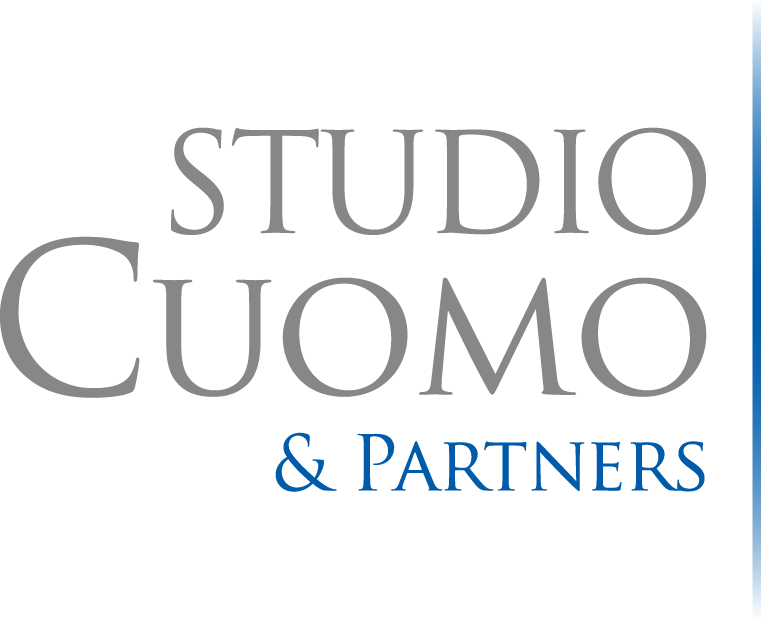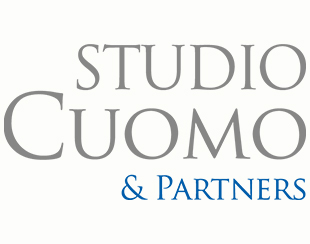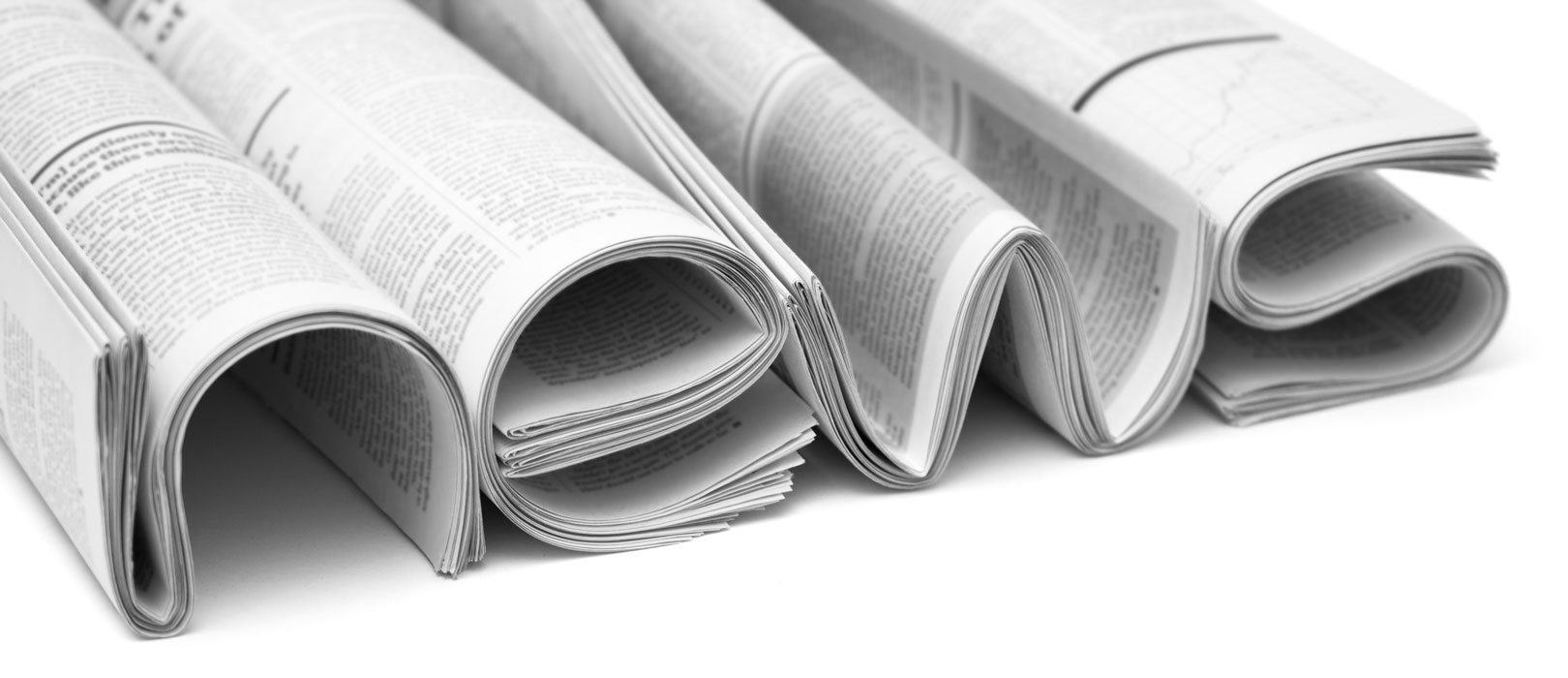
21 Dec examination, cross-examination and re-examination
The structure of the Vassalli Code gives the parties powerful levers in the fertile terrain of the government of oral criminal evidence (c.d. parts process), of which the so-called. cross examination which in the sector of declarative proof represents the Novum organum (orality, Like this, assumes the jacket of the elenchos, of which the Socratic matrix has been identified). Those, in an anairenic position according to the adversary system scheme, in the courtroom they conduct an "investigatory investigation" on a dialectical and maieutic basis in perfect accusatory style (which moves education into public judgment, ensuring the values of immediacy and contradictory nature) and they aim, especially, to the discovery of cognition, crystallizing it when it is ascertained in the hearing minutes (the hearing is to the trial what the "preliminary investigation" is to the trial). The poietic work of the so-called. cross examination (defined as an art) - That, the retrial is pending, to the accused so as not to make the accusation irreducible, rather orally falsifiable - it does not arise ex abrupto but as a contentious prospect that finds its solid root in the periphery of the pre-trial when the parties prepare and elaborate the lists, written and ostensive in nature to avoid, in the parable, le cc.dd. prove a surprise. In the frame of the so-called. controesame, in the range of suggestive questions, it takes forward bench iudicis and highlights the "falsifiable" nature of the accusation which constitutes the imprinting of the cross-examination, of judicial knowledge, that, thereby, it is embedded in a heuristic cornerstone of modern scientific thought (Popper).
Every consideration on the figure of the defender in the witness examination must necessarily start from the analysis of the procedural system in which this means of proof is inserted; this because, many of the objectives and principles originally pursued by the Vassalli Code of the 1988, based on the accusatory model. That is, it is mandatory to have reference to the cross-examination method in the preparation of the evidence, cornerstone of the accusatory model, based on the emphasis that dialectics, understood as a clash of opposing theses, is the best tool to arrive at the reconstruction of the fact. In the contradictory in an objective sense, for the test, sanctioned by the first part of the paragraph 4 dell’art. 111 Cost., introduced by constitutional law n. 2 of the 1999, dialectics manifests itself in the examination of the source of evidence through cross-examination.
This step is essential, even if the current Code of Criminal Procedure is not the original one, of an accusatory and guaranteeist approach, but – reference to the thoughts of Prof. is permitted. Giorgio Spangher, also expressed in a very recent double interview with Prof. Paolo Ferrua – was in a certain sense overturned by an inquisitorial turn, starting from the sentences of the Constitutional Court nos. 254 e 255 of the 1992 and by the emergency legislative changes of the same year, related to the season of the harshest fight against the phenomenon of organized crime, especially mafia. Let him be assisted, in other words, to a progressive erosion of the accusatory connotations of the new procedural model: if you think, eg, al c.d. double track envisaged for crimes relating to organized crime, to cases of limitation of the right to obtain admission of declarative evidence, related to particular charges and hypotheses, in art. 190 twice c.p.p.
Beyond system definitions (today mostly referred to as basically accusatory or temperate accusatory), if also, therefore, we find ourselves faced with a gap between a model that we could have hoped for and that we now find ourselves managing, also in the concrete experience of the Courts, there is no doubt that in general the structure of the trial examination of the witness, centered on cross-examination, was founded on a choice of principle, which profoundly characterizes the accusatory model: adherence to the dialectical principle.
The principle represents the overcoming of the opposite principle of authority and, according to traditional definition, takes note of the limits of human nature, believing that no person is the custodian of the true and the right; the truth can be ascertained all the better the more the procedural functions are divided between subjects with antagonistic interests, to the judge, independent and impartial, it is up to decide on the basis of the evidence produced by the parties, the clash between the theses supported by each interlocutor is a technique that allows you to evaluate the validity of the arguments that support them and constitutes the method for getting closer to the truth. The cross-examination in the formation of evidence, as a fact-finding technique, it tends to ensure that each party can contribute to the formation of the evidence by asking questions to the witness.
The cross-examination, what better tool to know the truth of Anglo-Saxon origin, constitutes the maximum expression of the dialectic between the parties in conflict: its purpose is to allow them, under the penetrating control of the judge, to draw from the source of evidence everything it can give, revealing at the same time the degree of reliability, through the immediate verification of the opposing parties. The ratio of the means of proof marks the raison d'être of the rules that govern the cross-examination, which concern both the way of asking questions and the way of answering them and preside over the three moments of the direct exam, of cross-examination and re-examination, always aiming at the authenticity of the evidence.
He comes, in summary and in substance, a system has been outlined which provides for a trial examination which cannot be subjected to interruptions and which starts from the direct examination, conducted by the party who requested to question the witness. Direct examination tends to obtain the manifestation of the facts known by the witness, which should be useful to demonstrate the thesis of the person who called him to testify; Suggestive questions are prohibited, which tend to suggest the answers, so as to prevent the person who induces a witness from being able to also suggest the answers to him, so as to manipulate the authenticity of the evidence as he pleases. The cross-examination, conducted by the party who has an interest contrary to that of the party who requested the examination, it is possible and can occur both on the facts and on the credibility of the witness, tending in the first case to make the witness declare a different and contrary or in any case alternative fact to that exposed in the direct examination and in the second case to make him declare facts that demonstrate his non-credibility. Suggestion questions are allowed in the cross-examination (to be precise, such questions are permitted to the party who has a different interest from that which requested the witness summons): their purpose is both to contrast the reconstruction previously given by the witness and to test its reliability. This gives effect to the principle according to which the evidence capable of resisting suggestions is the one that is most accredited. The review, doubly possible, it is conducted by the person who asked for the testimony to be taken, occurs only in the case in which the cross-examination has been carried out and in which the party who carried out the direct examination intends to proceed with it. As can be imagined, the review tends to corroborate the validity of the declaration initially made, both from the point of view of reconstruction of the fact and from that relating to the credibility of the witness.
At the end of the direct examination/cross examination/reexamination sequence, the judge can ask the witness questions: it is clear that a different timing of this intervention would alter its logic and purpose and could in practice influence the line followed by the parties. After the questions asked by the judge, the parties have the right to conclude the examination in the order described above. During the exam, the other parties have the possibility to formulate objections relating to the correctness of the conduct of the test, on which the judge decides immediately and without formalities. They fall within the scope of application of the provision referred to in art. 504 c.p.p., all issues relating to non-compliance with one of the regulatory requirements that govern the preparation of the oral test and which guarantee correct training. There is then a detailed regulation of a general nature that guarantees the correct formation of the test, based on the canon of advertising (with some exceptions), defining the object and limits of the testimony (for example by providing that the questions must refer to specific facts, excluding harmful questions, regulating the dispute regime). The judge is responsible for checking legality, which can be requested by the parties precisely through oppositions: in other words, the judging body is called upon to guarantee unity, continuity and immediacy of the cross-examination, having to intervene in order to ensure the relevance of the questions, the genuineness of the answers, the examination fairness and correctness of disputes.
Further on, the function of guaranteeing the principles of equality, legality and obligatory nature of criminal action and of the right of defense itself - as supported by the Constitutional Court in the well-known sentence no.. 111 of the 1993 – makes it so, pursuant to Article. 506 c.p.p., the judge can indicate new or broader topics of evidence to the parties, useful for the completeness of the exam, and ask questions of witnesses e, pursuant to Article. 507 c.p.p., also arrange ex officio for the taking of new means of evidence. The limit to the judge's activity is that he, always and in any case, by means of his interventions he does not replace the parties in the conduct of the examination and does not exceed the dispositive principle pursuant to art. 190 c.p.p.
The features of the cross-examination just described - and even before that the procedural model to which the legislator referred in defining the discipline and the constitutional principle of cross-examination in the formation of evidence - allow us to address the issue of the role of the defender and that, related, compliance with defensive guarantees: beyond defense prerogatives in the strict sense (carried out during the direct examination, of cross-examination or re-examination), there is no doubt that the defender can primarily guarantee the rights of his client through strict control of the rules governing the examination of the witness, that, if you pass, alter the authenticity of the evidentiary result. To the defender, it can be said, lies the power (more precisely, duty) to monitor the legality of the examination and to request the activation of the legality control delegated to the judge or to demand that the latter base the evidentiary procedure on legality. The Code, as mentioned, reserves the opposition's instrument of intervention to the defender; unusability is the consequence generally foreseen by the art. 526, comma 1, c.p.p. for evidence other than that legitimately acquired during the trial.
It arises, however, a practical problem, which involves the evaluation of the tension to which the principles and norms of constitutional and code origin are exposed in concrete terms and the consequent awareness of their debasement in practice through ways of acting established in the courtrooms that deviate from them. The topic is closely linked to that relating to the existence of deviant jurisprudential tendencies, of creative interpretations that practice a highly reductive reading of guarantees, that support these practices, aiming to impose commonly widespread practical distortions as a living right. In this dimension, they can identify each other, non-exhaustively, such as deviant practices, in some cases supported by the aforementioned degenerative jurisprudential tendencies, which are in tension with the principles and rules referred to above: a. a certain attitude, widespread in the courts, to urge the parties to consent, essentially based on practical needs, to the reversal of the evidentiary order, i.e. the modification of the legal order of shifts; b. the proposition, by the judge, of suggestive questions to the witness (supported by part of the jurisprudence of legitimacy); c. the practice followed by some judges of conducting the direct examination of the witness in the strict sense; d. admission, a norma dell’art. 507 c.p.p., of new means of testing, including testimony, before the acquisition of evidence is finished; e. the current propensity to distort protests, asking the witness to simply confirm the statement previously made following its reading. a. The pressure aimed at defenders, by the judging body, in order to agree to the modification of the order of taking evidence, on which they can freely agree pursuant to the second paragraph of the art. 496 c.p.p., they contrast, to get started, with the principle of not guilty pursuant to art. 27 Cost.: placing the burden of proof on the public prosecutor, he is called to demonstrate the hypothesis described by the charge, calling supporting witnesses; specularly, the right recognized to the accused to defend himself by trying allows him to take the evidence last, in relation to what was acquired at his expense.
This passage is intimately connected to the essence of the dialectical method and, therefore, of the reference procedural system: the judge's initial misinformation on the facts of the trial, the non-existence of preconceived knowledge and conviction regarding the responsibility of the accused before the trial, requires that the latter ascertain the truth through the synthesis of theses and antitheses illustrated by the parties on the basis of the test results developed correspondingly, through the "dialectical movement" based on the direct examination/counter-examination/reexamination sequence. In order to give effectiveness to the principle of not guilty and the right of defence, in other words, it is necessary that, in the face of the judge's initial cognitive void, third and extraneous to the dispute, the public prosecution proves the accusatory hypothesis, discharging the burden incumbent on it, using a method that guarantees correctness, in terms of authenticity, of the test result. This represents the clear overcoming of the system outlined by the Code of Criminal Procedure of 1930, in which, not by chance, the judge, who could freely choose the order in which to listen to the witnesses, he was in a situation of objective prevention, knowing the documents before the hearing, and the preliminary investigation began with the interrogation of the accused, called to exonerate himself, to “purge the clues”, according to a recurring expression in the inquisitorial lexicon. The legal order of taking evidence corresponds, on the other hand, to the epistemology of the process of parties, which presupposes hypotheses to be demonstrated according to the affirmation/falsification scans, therefore in general proof/counterproof and proof against/proof against.


